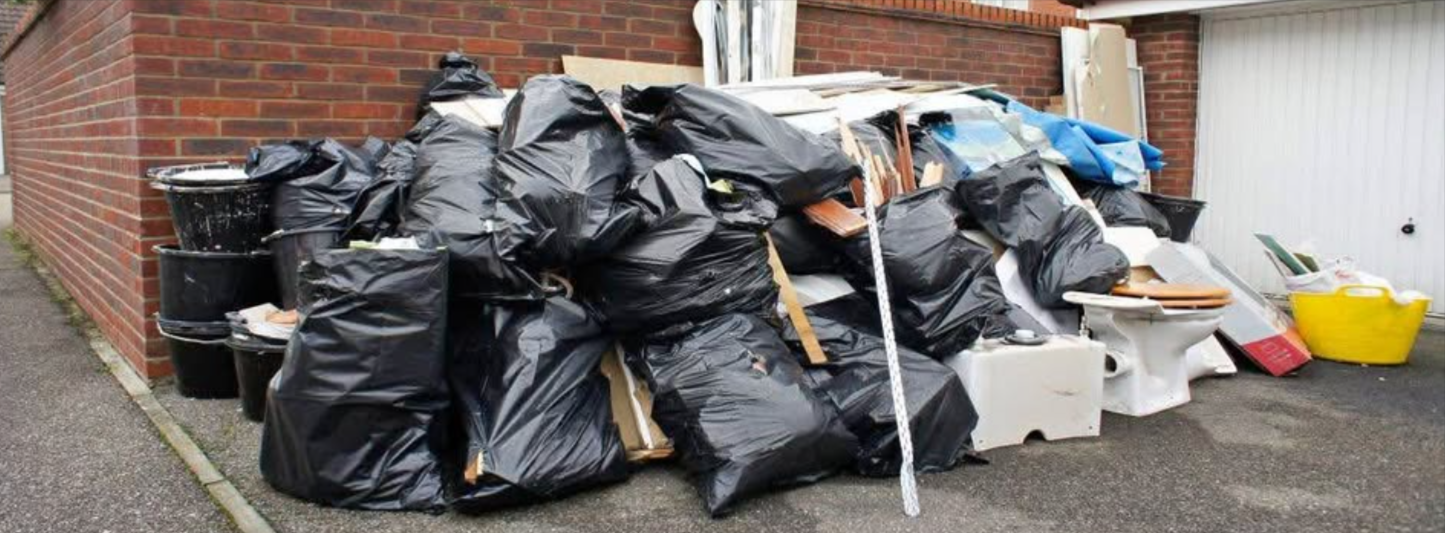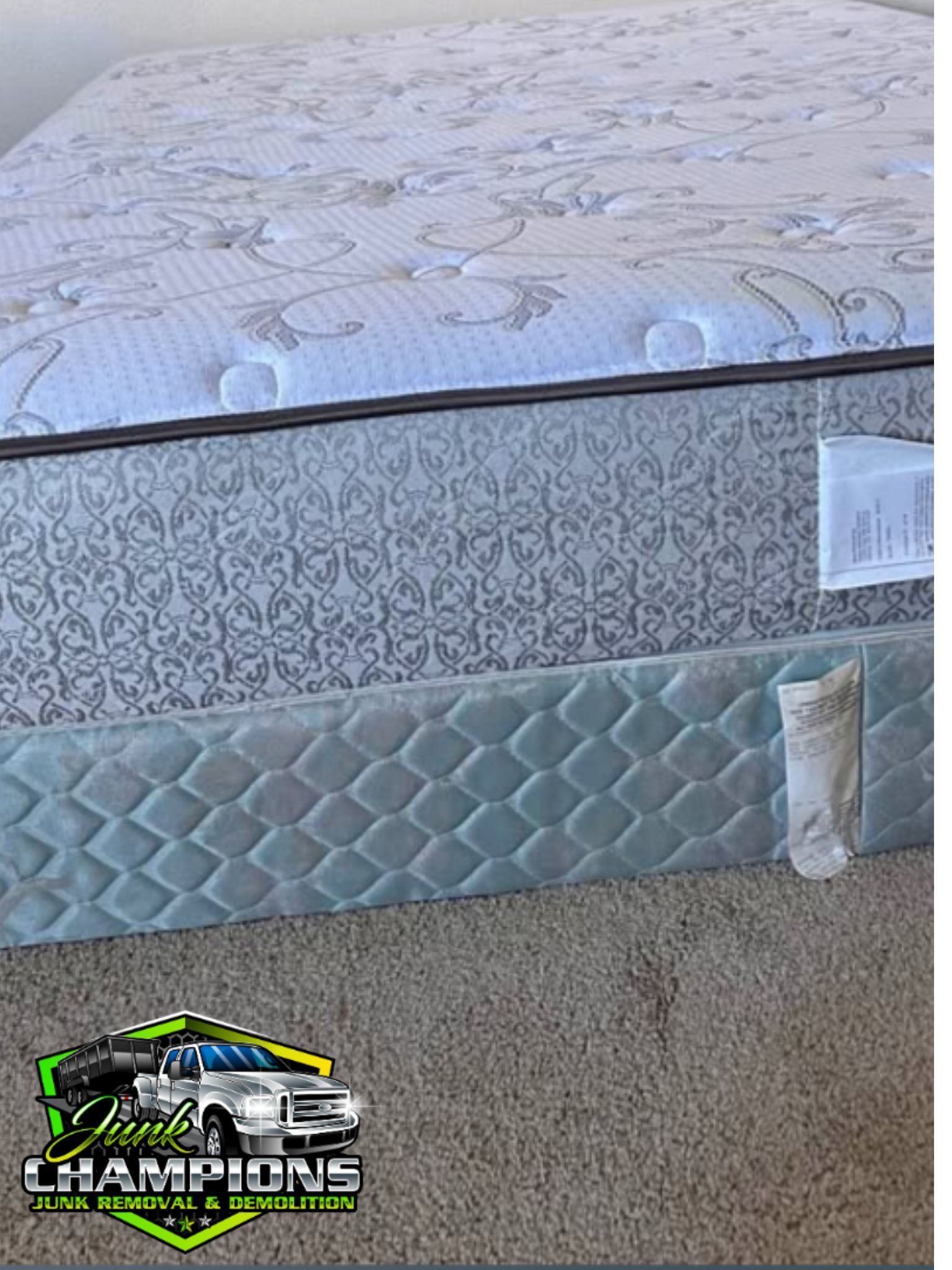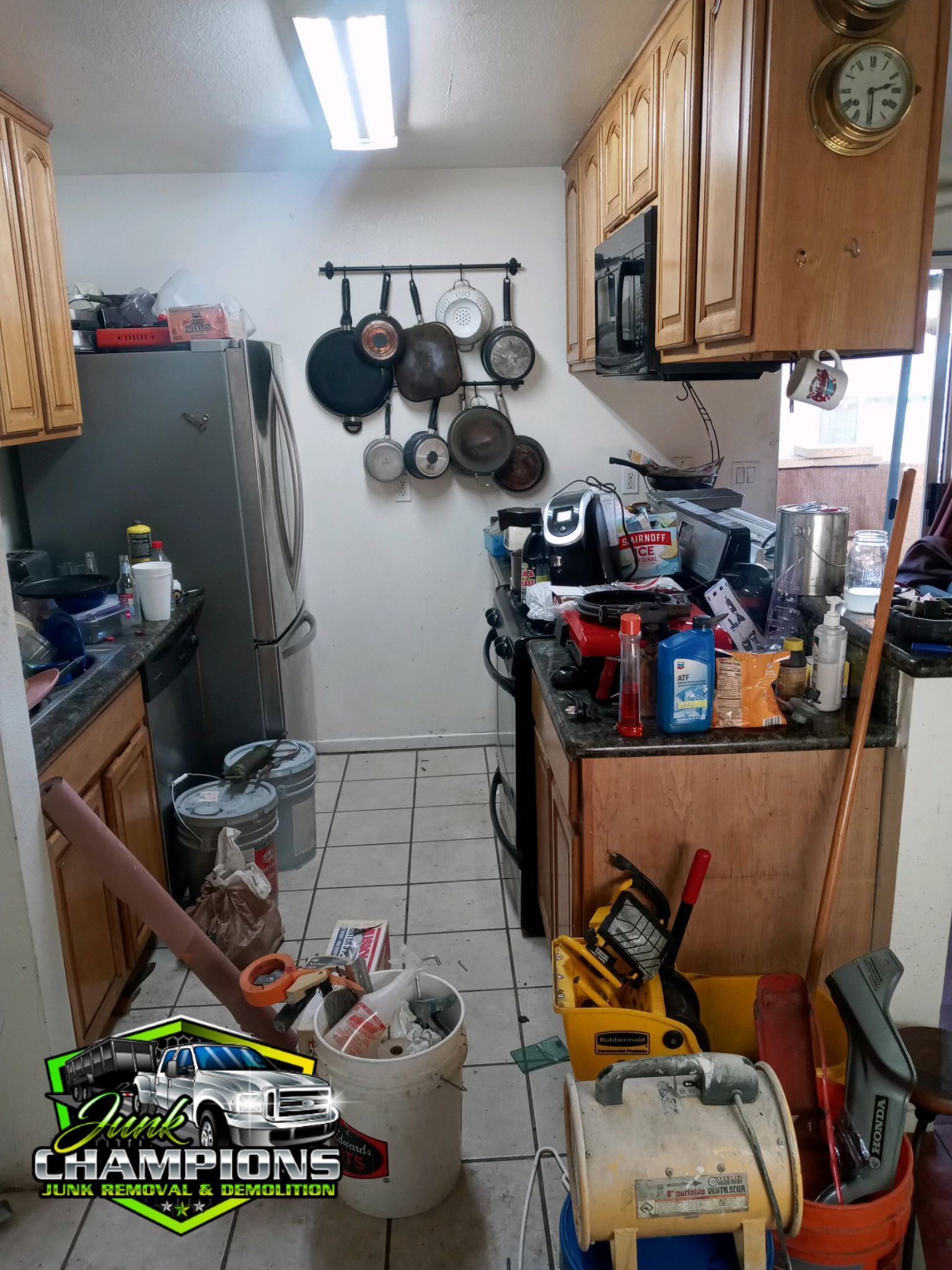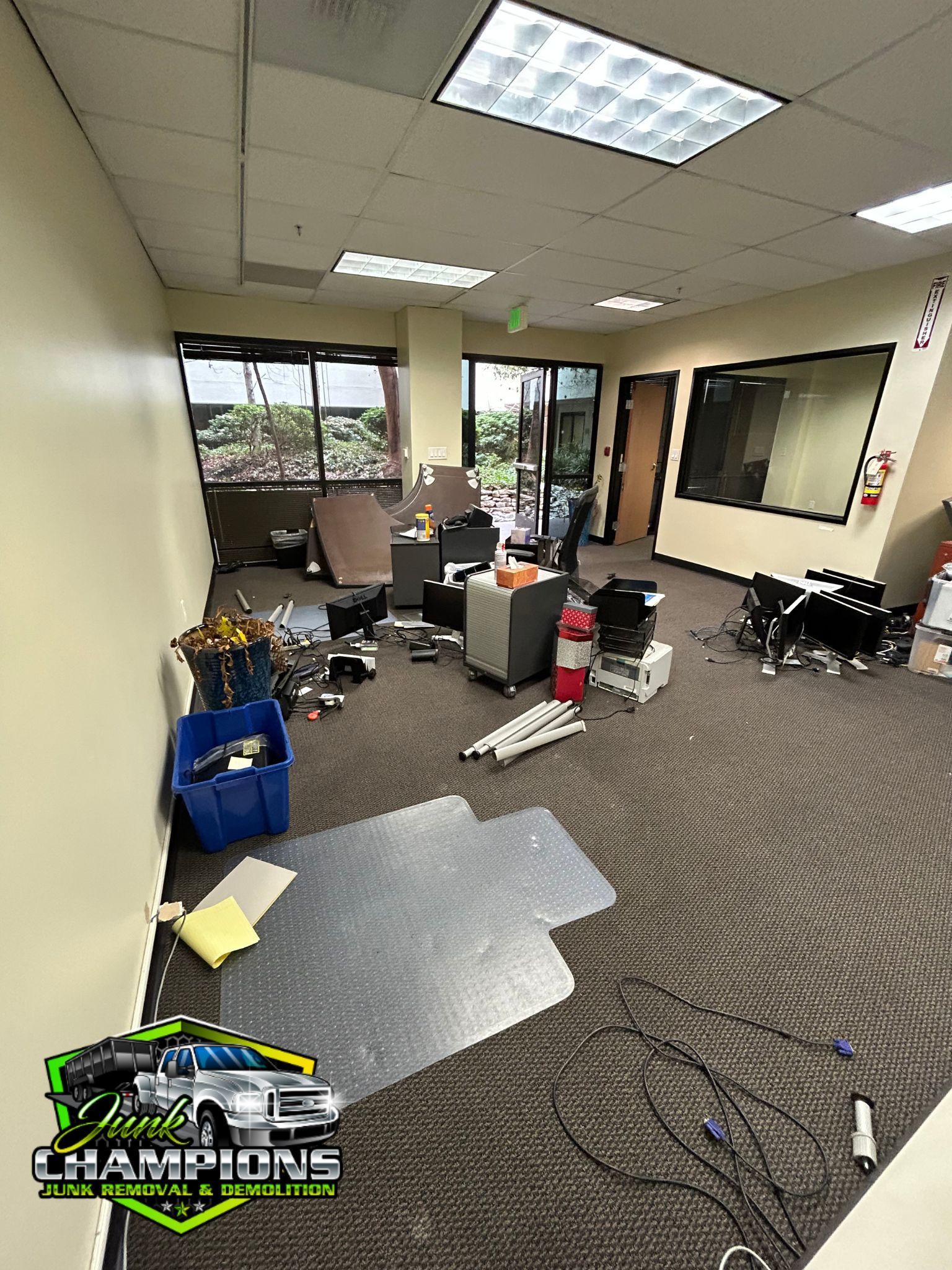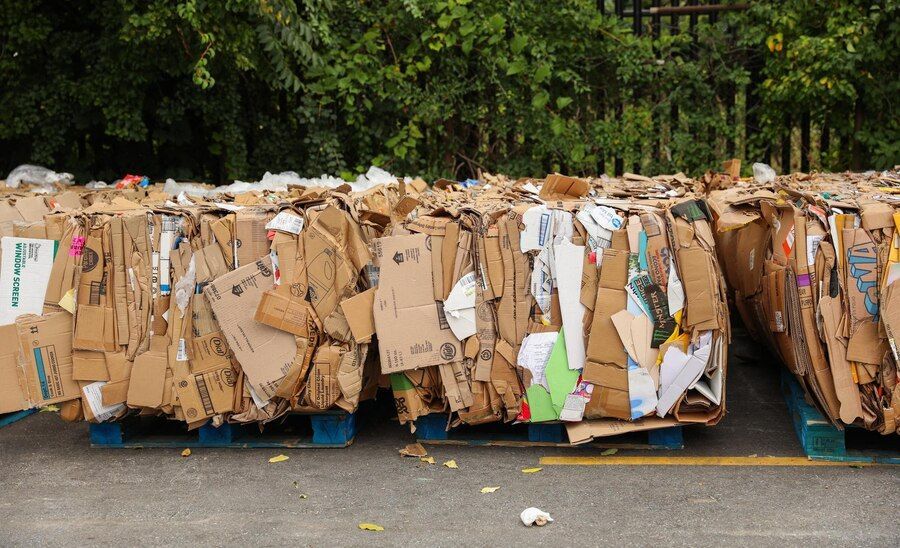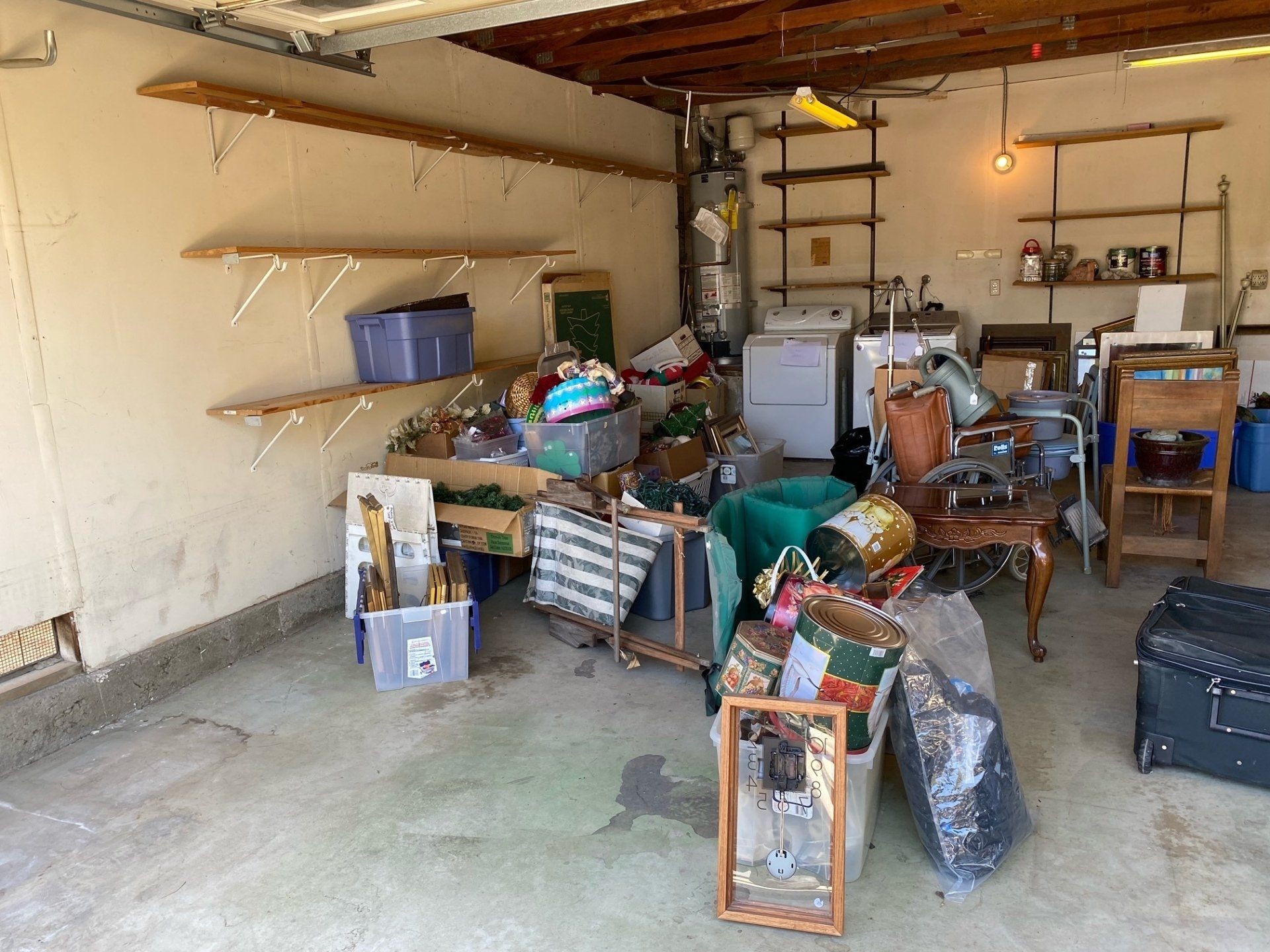Strategies for Sustainable Solutions of Office Furniture Disposal
The Environmental Impact of Office Furniture Disposal
Office furniture disposal contributes significantly to environmental degradation, with traditional methods often leading to high levels of waste generation and pollution. The disposal process involves energy-intensive manufacturing, transportation, and eventual disposal in landfills, releasing harmful greenhouse gasses and toxins into the environment.
Moreover, the extraction of raw materials for furniture production further depletes natural resources and damages ecosystems. Understanding the full scope of these environmental impacts is crucial in adopting effective strategies to minimize the ecological footprint of office furniture disposal.
The Growing Need for Sustainable Solutions
With increasing awareness of environmental issues and corporate responsibility, there's a growing imperative for businesses to adopt sustainable solutions for office furniture disposal. Traditional methods, such as landfilling or incineration, are no longer viable options due to their adverse environmental effects.
As companies strive to reduce their carbon footprint and embrace circular economy principles, the demand for innovative and eco-friendly disposal methods continues to rise. Sustainable solutions not only mitigate environmental harm but also enhance brand reputation, attract environmentally-conscious customers, and contribute to long-term business resilience in an ever-changing marketplace.
Challenges in Traditional Office Furniture Disposal Methods
Traditional office furniture disposal methods pose several challenges, hindering sustainability efforts. From environmental impact to logistical issues, these methods struggle to meet the demands of modern businesses. Here are five key challenges:
- Environmental Impact: Landfilling and incineration release harmful pollutants and greenhouse gasses, while depleting valuable natural resources, exacerbating climate change, and harming ecosystems.
- Limited Recycling Infrastructure: Scarce recycling facilities struggle to process office furniture materials efficiently, leading to missed opportunities for resource recovery and waste reduction.
- High Transportation Costs: Transporting bulky office furniture to disposal sites requires large vehicles and consumes significant fuel, resulting in high transportation expenses and carbon emissions.
- Legal Compliance: Meeting waste disposal regulations entails navigating complex legal frameworks, obtaining permits, and adhering to strict guidelines, which can be time-consuming and costly for businesses.
- Lack of Awareness: Many businesses lack knowledge about sustainable disposal alternatives such as refurbishment, donation, or recycling programs, perpetuating reliance on environmentally harmful traditional methods.
Reducing Waste: Key Principles and Strategies
Reducing waste in office furniture disposal is paramount for sustainability. By adopting key principles and strategies, businesses can minimize environmental impact and promote resource efficiency. Here are some effective approaches:
- Design for Durability: Creating furniture with robust materials and timeless designs ensures longevity and reduces the need for frequent replacements, minimizing waste generation.
- Implement Circular Economy Practices: Embrace a circular approach by prioritizing refurbishment, remanufacturing, and material recovery to extend the lifespan of furniture and reduce waste.
- Adopt Lean Manufacturing: Streamline production processes to minimize material waste, optimize resource utilization, and reduce energy consumption throughout the manufacturing lifecycle.
- Implement Waste Segregation: Properly segregate and categorize office furniture waste to facilitate recycling, reuse, and recovery of valuable materials, diverting them from landfills.
- Educate and Engage Employees: Raise awareness among staff about the importance of waste reduction and provide training on best practices for sustainable furniture disposal, fostering a culture of environmental responsibility.
Maximizing Reuse Opportunities for Office Furniture
Maximizing reuse opportunities for office furniture is essential for sustainable resource management. Through refurbishment, reconfiguration, and redistribution strategies, businesses can prolong the lifespan of furniture. Implementing techniques like furniture reconditioning, modular design, and asset tracking optimizes reuse potential and minimizes waste.
Partnering with refurbishment companies, non-profits, and community initiatives facilitates furniture redistribution to those in need, promoting social responsibility and reducing environmental impact. By embracing these practices, organizations contribute to a circular economy, where resources are conserved and utilized efficiently for long-term sustainability.
Transforming Discarded Furniture into Valuable Resources
Transforming discarded furniture into valuable resources is a sustainable solution that counters traditional disposal methods. Remanufacturing, upcycling, and material recovery processes extract reusable materials and components from old furniture, diverting them from landfills.
Advanced recycling technologies and circular supply chain practices enable businesses to close the loop on furniture disposal, reducing the need for virgin resources. By embracing these innovative approaches, companies not only minimize environmental impact but also contribute to a more sustainable and resource-efficient ecosystem, aligning with circular economy principles.
Innovative Technologies for Sustainable Furniture Disposal
Innovative technologies are revolutionizing sustainable furniture disposal, offering efficient and eco-friendly alternatives to traditional methods. Here are cutting-edge technologies reshaping the landscape of furniture disposal:
- Automated Sorting Systems: Utilize AI and robotics to separate furniture components for efficient recycling and material recovery, minimizing waste and maximizing resource utilization.
- Chemical Recycling: Break down furniture materials into their molecular components through chemical processes, enabling the extraction of high-quality raw materials for reuse in manufacturing.
- 3D Printing: Transform discarded furniture materials into new products or components through additive manufacturing, reducing the need for virgin resources and promoting circularity.
- Smart Disassembly Tools: Employ IoT-enabled tools and equipment to disassemble furniture efficiently, facilitating refurbishment and remanufacturing processes for extended product lifecycles.
- Blockchain Technology: Utilize blockchain to track the origin, ownership, and life cycle of furniture products, ensuring transparency and accountability in sustainable disposal practices while incentivizing circular economy initiatives.
Partnerships in Recycling and Reuse Initiatives
Partnerships are pivotal for effective recycling and reuse initiatives in office furniture disposal. By collaborating with recycling facilities, refurbishment companies, and waste management organizations, businesses can access resources and expertise to support sustainable practices. Moreover, engagement with local communities, non-profits, and educational institutions fosters awareness and promotes recycling literacy.
These partnerships create opportunities for social impact through furniture donation and reuse programs, facilitating a circular economy mindset and advancing environmental stewardship. Through collective efforts, businesses can enhance their sustainability practices and contribute to a greener future.
Regulatory Considerations and Compliance in Furniture Disposal
Compliance with regulations is paramount in furniture disposal. Businesses must navigate legal frameworks and adhere to guidelines. Here are key regulatory considerations for ensuring compliance in furniture disposal:
- Waste Classification: Properly categorize furniture waste according to regulatory standards and guidelines to facilitate appropriate disposal methods and treatment processes.
- Handling and Storage: Implement proper handling and storage practices to prevent environmental contamination, minimize health risks, and ensure compliance with safety regulations.
- Transportation Requirements: Adhere to transportation regulations governing the movement of hazardous or bulky furniture waste, including licensing, labeling, and packaging requirements.
- Disposal Methods: Choose disposal methods that align with regulatory requirements, such as landfilling, incineration, recycling, or donation, and obtain necessary permits or approvals as mandated by local authorities.
- Record-Keeping and Reporting: Maintain accurate records of furniture disposal activities, including quantities, methods, and destinations, to demonstrate compliance with regulatory obligations and facilitate audits or inspections.
Promoting Sustainability Awareness in the Workplace
Fostering sustainability awareness among employees is vital for driving meaningful change in office furniture disposal practices. By providing education, training, and engagement initiatives, organizations can empower employees to adopt eco-friendly behaviors, such as proper waste segregation, energy conservation, and responsible consumption.
Furthermore, incorporating sustainability into corporate culture and values promotes a sense of environmental stewardship and collective responsibility, motivating employees to actively participate in sustainability initiatives and contribute to positive environmental outcomes within the workplace and beyond.
Cost Considerations and Financial Benefits of Sustainable Solutions
While the upfront costs of implementing sustainable furniture disposal solutions may seem daunting, they often yield significant financial benefits in the long run. By reducing waste generation, minimizing disposal fees, and optimizing resource utilization, businesses can achieve cost savings and improve their bottom line.
Additionally, investing in durable, high-quality furniture and implementing lifecycle management strategies can result in lower maintenance and replacement costs over time. Moreover, embracing sustainability can enhance brand reputation, attract eco-conscious customers, and create opportunities for cost-effective innovation and market differentiation in a competitive business landscape.
Trends and Future Directions in Office Furniture Disposal
The future of office furniture disposal is marked by emerging trends and innovative approaches that prioritize sustainability and circularity. From the rise of circular economy models and product-as-a-service (PaaS) offerings to advancements in material science, recycling technologies, and sustainable design principles, the industry is undergoing transformational change.
Key trends include the integration of digital technologies for asset tracking and lifecycle management, the adoption of biomimicry and biodegradable materials, and the proliferation of shared and collaborative workspace models. Looking ahead, continued collaboration, innovation, and regulatory support will drive the evolution of office furniture disposal towards more sustainable and resource-efficient practices.
Adopting sustainable strategies for office furniture disposal is imperative for reducing environmental impact and promoting resource efficiency. By implementing innovative approaches such as recycling, refurbishment, and partnerships with Junk Champions Junk Removal, businesses can contribute to a greener future while also benefiting their bottom line.
For expert assistance in responsibly disposing of your office furniture, contact Junk Champions Junk Removal at (909) 453-3398. Let's work together to make a positive difference in office furniture disposal and build a more sustainable environment for generations to come.
